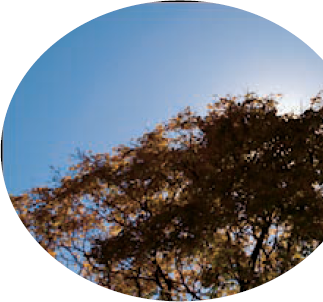Chapter 7. The Adobe Camera Raw Plug-In
In This Chapter
Taking advantage of the Raw file format
Evaluating your Raw capabilities
Using the Camera Raw plug-in
There was a time, not so long ago in people years (but a couple of generations ago in computer years), when capturing digital photos in the Raw file format required you to spend tens of thousands of dollars. The wonderful thing about the Raw file format is that you use it to record images to save unprocessed image data, which gives you incredible control over the final appearance of your image. These days, however, cameras that cost only a few hundred dollars can capture images "in the Raw." If you don't have a Raw-capable camera now, after reading this chapter, you might decide that you need to have Raw capability.
In this chapter, I explain how Raw differs from other image file formats and why those differences can be important. I show you how to determine whether you have what you need to capture in Raw and whether Photoshop CS3's Adobe Camera Raw 4 plug-in is capable of handling your camera's image files. Most of the rest of the chapter looks at the Camera Raw interface and what all those sliders do for you and your image.

Understanding the Raw Facts
The Raw file format at its heart is nothing but unprocessed image data. It comes in a number of variations — one or several for each camera manufacturer, it seems. Each has its own ...
Get Photoshop® CS3 for Dummies® now with the O’Reilly learning platform.
O’Reilly members experience books, live events, courses curated by job role, and more from O’Reilly and nearly 200 top publishers.

